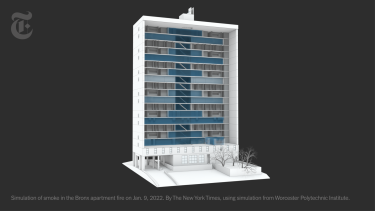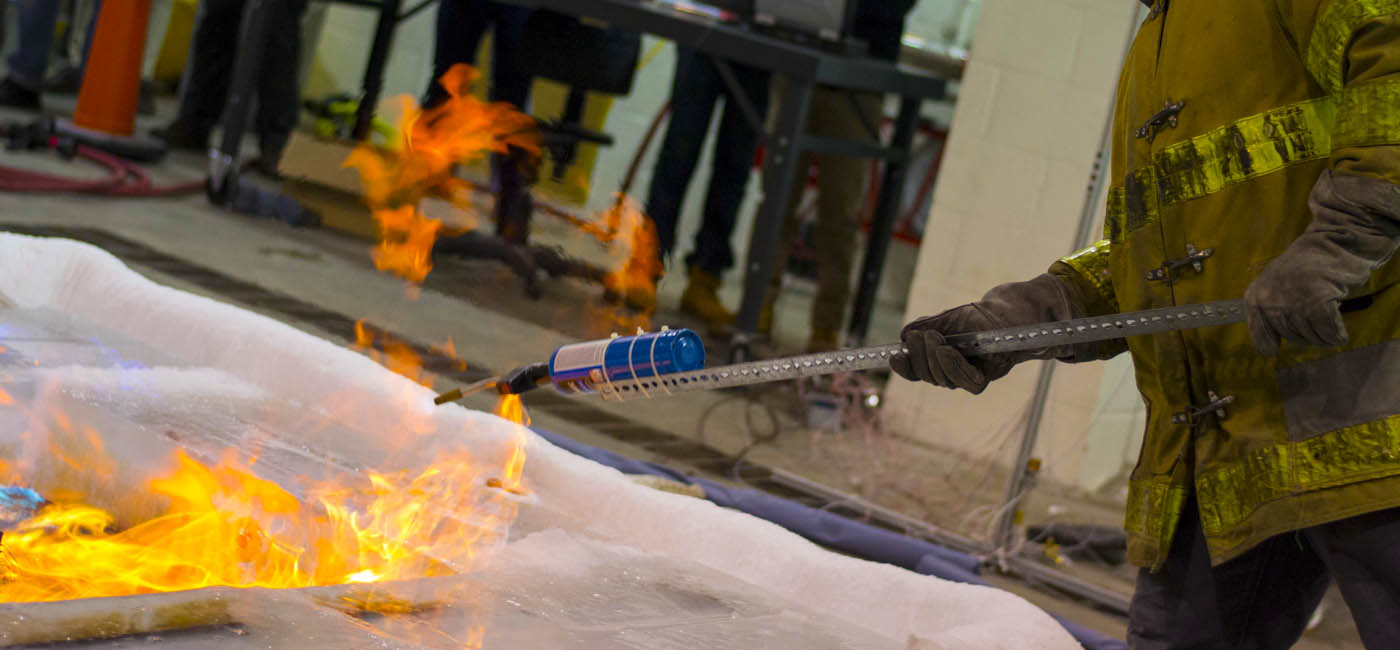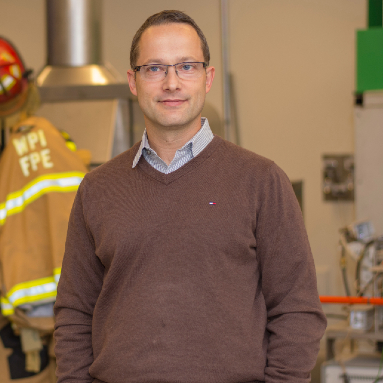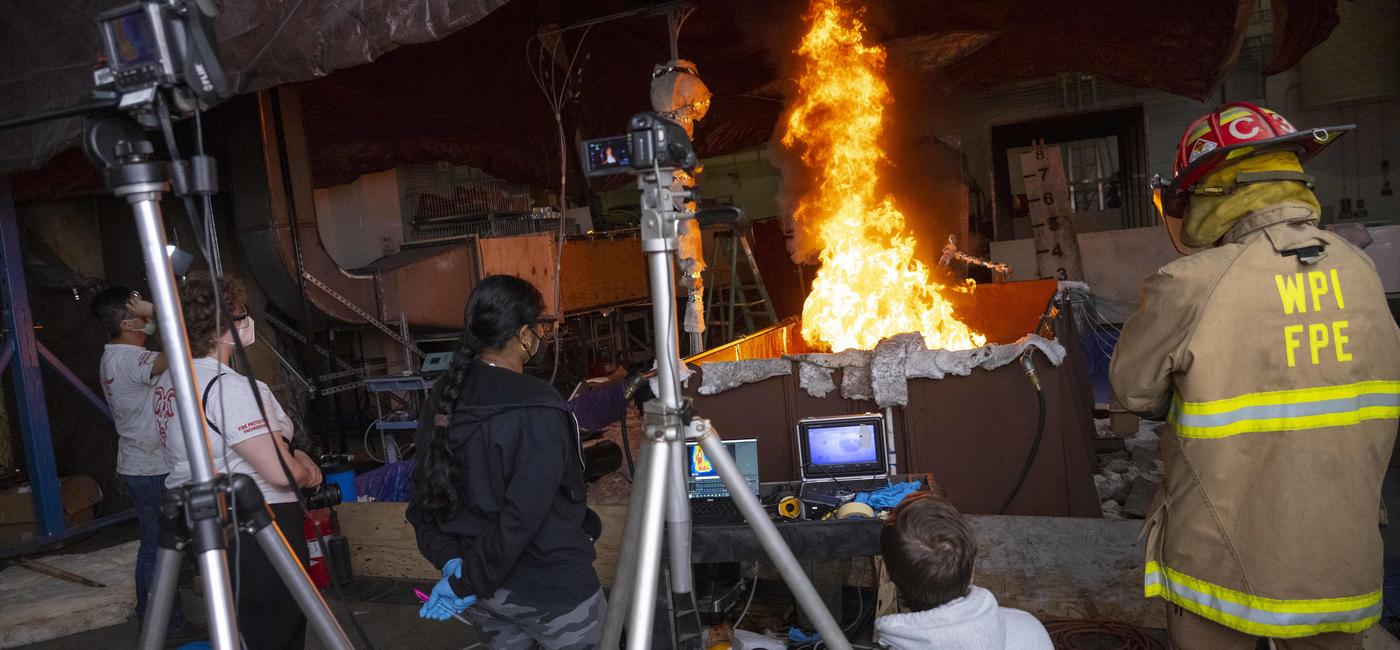On January 9, 2022, a fire at a Bronx, N.Y. apartment building claimed the lives of 17 people. The origin of the fire has been linked to a malfunctioning space heater, but many question how the blaze turned so deadly so quickly. The New York Times sheds new light on the cause in its report "The Chain of Failures That Left 17 Dead in a Bronx Apartment Fire."
The report is the result of a months-long investigation into what went wrong and uses a first-of-its-kind multimedia approach to give readers a more comprehensive understanding of the issue and its impact. Through this new kind of reporting, The Times works closely with independent experts to conduct scientific research and gain insightful analyses, producing stories whose scope goes far beyond informing readers of an incident. These stories dig deeper with the aim of educating and empowering readers and, ultimately, informing change—at a personal level or through broader policy shifts.
Specifically, for this story, the Times journalist Jim Glanz approached WPI fire protection engineers in January and asked them to create a virtual smoke flow model—critical to understanding how and why this tragedy occurred—to provide insights and information that could possibly help prevent future tragedies. The team conducted a number of tests, using data and 3D modeling of the Bronx apartment building provided by The Times.
A new kind of collaboration
“We often work to help media with fire-related stories, but this collaboration with The New York Times is very different. This was a shift from providing expert opinions and insights to really getting into the weeds of what happened and trying to get the details and provide the right scenarios and answers to their questions,” says Albert Simeoni, head of WPI's Fire Protection Engineering Department, who led the university's research for The New York Times report.
“Our contribution here was to help the Times make people aware of this problem, why it happened, how it happened, hoping that we'll find the solution for it to not happen again,” Simeoni said. “This partnership created a magnificent opportunity for WPI to carry out our mission of going beyond just understanding an issue to working collaboratively to use that knowledge to help address a real-world problem impacting society.”





